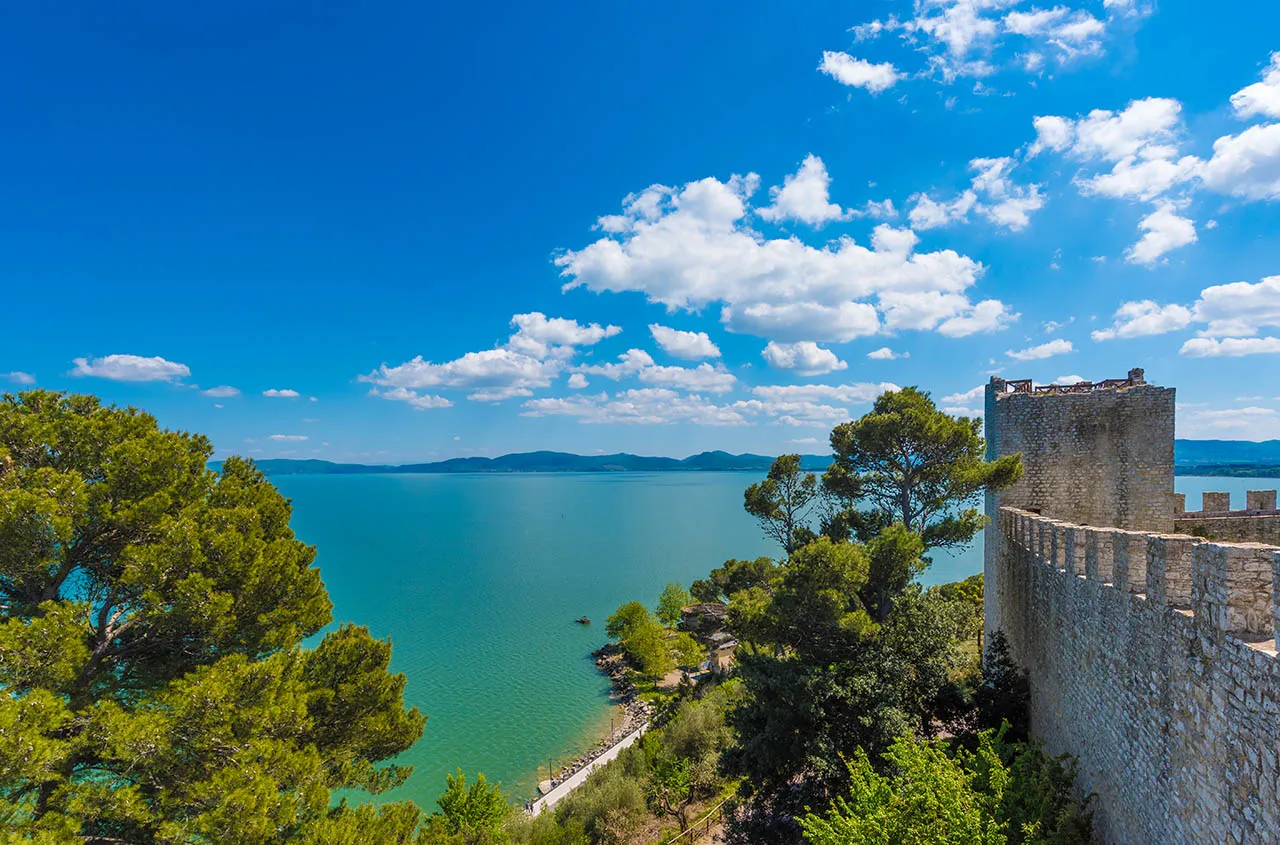Oasi Cocchiola,
Badia Tedalda (AR) Italy
Cocchiola is a mountain town located in the municipality of Badia Tedalda, in the heart of the Tuscan Apennines. A crossroads between three regions, Tuscany, Marche and Emilia Romagna, it is located about 1000 meters above sea level, in the beautiful mountainous setting of Valmarecchia, which takes its name from the homonymous Marecchia River, which has its mouth right in the Municipality of Badia Tedalda. Slow living characterizes the entire territory, with its magical villages and a centuries-old history that links the entire route along the river.
Fantasia Village
How to GET THERE
The closest town to Oasi Cocchiola is Badia Tedalda, where you will find banks, grocery stores and restaurants.
By train and bus
Take the train to Rimini station. From there, catch the regional bus (Line 160) to Novafeltria. Once in Novafeltria, switch to Line 101 (part of the Valmabus service), which will take you to Badia Tedalda, passing through Pennabilli and Molino di Bascio along the way.
By plane
Bologna is the main international hub in the area, offering numerous domestic and international flights, as well as excellent train and bus connections to Rimini. Alternatively, if you find direct flights, you can also consider Rimini Airport, located about 54 km from the festival. However, Bologna provides greater flexibility and more travel options.
must visit
The Festival takes place in central Italy, an area rich in history and breathtaking landscapes. Here are some suggestions for a stop on your trip to Fantàsia.

Ponte Tibetano
A striking Tibetan bridge is located along the Paths of St. Francis, in the municipality of Badia Tedalda.

Ripa della Luna
The Ripa della Luna is a mountain that belongs to the Alpe della Luna, a wooded chain along the main ridge of the Apennines. Its western side overlooks the Tiber Valley, while from its eastern side flow the tributaries of the Marecchia River and the Auro River, which later forms the Metauro. It is the symbolic mountain of Badia Tedalda, a source of great pride for the town.

Sasso Simone e Simoncello
Sasso Simone and its neighboring brother, Simoncello, are two enormous limestone boulders that dominate a landscape of dense, mysterious forests, pastures, and rugged clay gullies, standing 1200 meters above sea level. Here, the spaces are open, the nature is wild, and the silence is sacred.

Cascata dell'Alferello
The Cascata dell’Alferello is located near Alfero, in the Tuscan-Romagnolo Apennines, in the province of Forlì-Cesena. The Alferello stream, which originates near Monte Fumaiolo in the Ripa della Moia, flows through the village of Alfero and, 2 km from the town center, forms this waterfall with a 32-meter drop.

Cascate del Sasso
To reach the Cascate del Sasso, head to the ancient village of Sant’Angelo in Vado, surrounded by hills and mountains, where you can still breathe in an atmosphere of old-world charm. The waterfall is located just before the village. A short trail through the woods leads you directly to the basin below, a enchanting and picturesque spot.

Rocca di San Leo
The Rocca di San Leo is located in the town of the same name in the province of Rimini. Perched atop a rocky peak overlooking the village of San Leo, it offers breathtaking views of the Valmarecchia valley.

Le Foci a Cagli
In the municipality of Cagli, in the hamlet of Foci, near a curve with a concrete parapet, you’ll find a gorge of the Burano River. The riverbed narrows, creating picturesque waterfalls several meters high and deep pools, some exceeding 5 meters. Downstream, the river widens, forming small beaches, a popular spot for tourists seeking relief during the hot summer days.

Fiorenzuola di Focara
Fiorenzuola di Focara is a charming village made up of a small medieval hamlet perched 200 meters above the sea, nestled in the Monte San Bartolo Park. It also boasts a free beach, a true paradise for sea lovers.

Lago Trasimeno
Nestled in the green hills of Umbria, Lake Trasimeno is a true natural paradise and one of the largest lakes in central Italy. It is an important stopover and nesting site for various bird species. Its shores are surrounded by gentle hills, forests, sunflower fields, vineyards, and olive groves, as well as breathtaking villages.

Grotte di Frasassi
The Frasassi Caves are underground karst caves located in the municipality of Genga, in the province of Ancona. The complex is part of the Regional Natural Park of Gola della Rossa and Frasassi. The first accessible cave, the Abyss of Ancona, is a vast cavity measuring 180 x 120 meters with a height of 200 meters, so large that it could easily fit Milan’s Cathedral inside.

Bagni San Filippo
Bagni San Filippo is a small village in southern Tuscany, between the Val d’Orcia and Mount Amiata, known since ancient times for its hot thermal waters. Here, the waters have created a magical landscape of white limestone formations, small waterfalls, and warm pools nestled in a lush green forest.

Civita di Bagnoregio
Civita di Bagnoregio is a hamlet of 11 inhabitants in the municipality of Bagnoregio, in the province of Viterbo, Lazio. Listed among Italy’s most beautiful villages, it is famous for being called “The Dying Town” by the writer Bonaventura Tecchi, who spent his youth here.

Cascata delle Marmore
The Cascata delle Marmore is one of Italy’s most famous waterfalls. Located in the Valnerina valley, just a few kilometers from Terni, it is a must-see for visitors to the area. Its beauty has inspired poets and writers over the centuries and continues to captivate thousands of tourists every year.

Castelluccio di Norcia
Castelluccio di Norcia is one of the highest settlements in the Apennines. From May to mid-July, nature puts on an extraordinary show: thousands of flowers bloom spontaneously, turning the plateau into a colorful palette. This natural event is celebrated with the Flowering Festival, held every year on the last Sunday of June.


